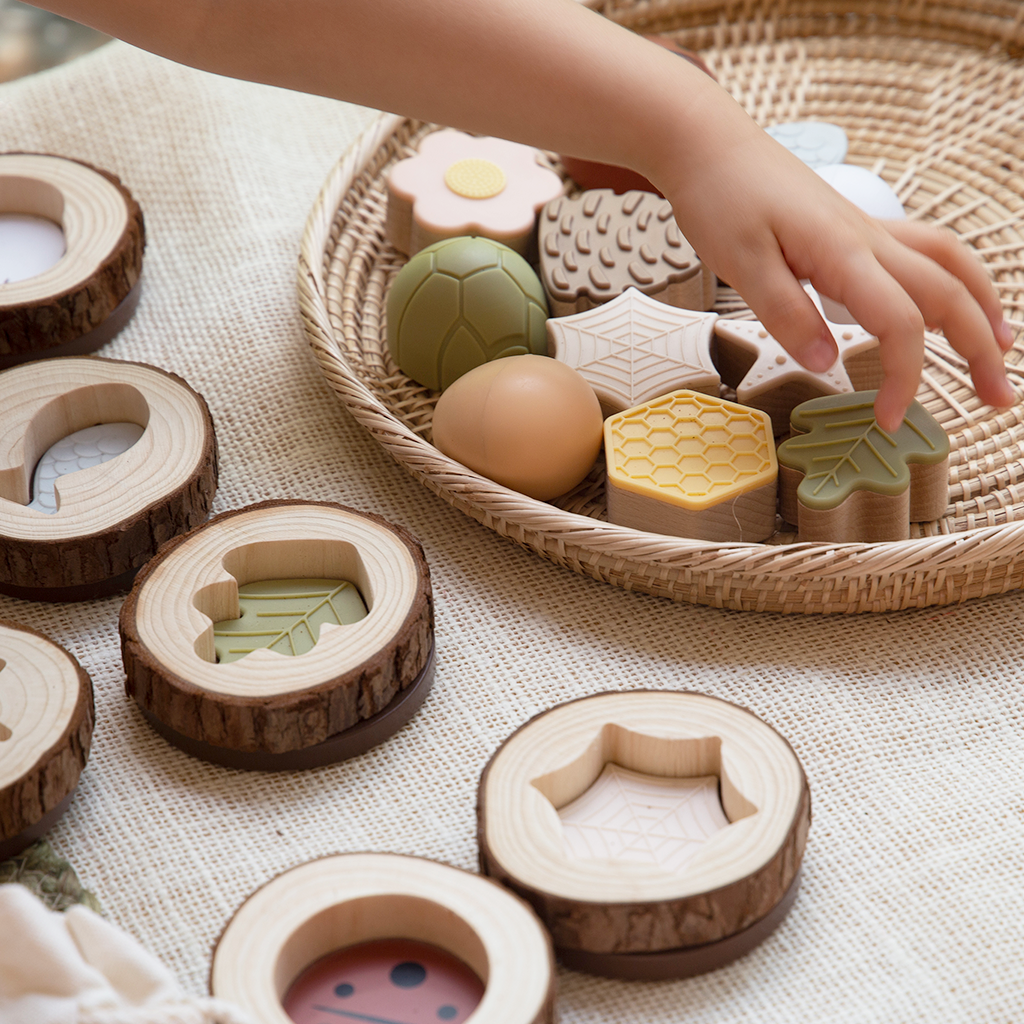
The Power Of Play And The Best Toys To Match
Free play - play not led by an adult - is a fundamental requirement for a child’s development. When a child plays independently, it can improve their relationship with their environment and how they interact with the world. While internally, free play develops a child’s cognitive, social, emotional and physical well-being.
Free play can also give children skills that can be beneficial in adult life, such as confidence, self-esteem, resilience, communication, curiosity and many more.
To support free play, it’s important to have certain toys they can lean on to help them create their worlds, scenes and narratives. Below, we have touched on a few types of play and some suggestions for the kind of toys that would make a great match.

1. Play and challenge
Children often enjoy a level of uncertainty while they play because it increases the stakes and offers a type of risk, making it a challenge for them. Riding a bicycle is a good example of a play and challenge toy that creates an element of risk but also helps encourage good physical fitness, agility, coordination and balance, not to mention courage and self-confidence.

Children can develop their social skills by playing with a peer. Sharing play allows them to explore their feelings, develop self-discipline, express themselves, work out the emotional aspects of life, and improve their negotiation skills. Great toys that encourage sharing play can range from those with more complex rules (which requires higher negotiation and organising skills), to simple items that need to be shared (a more literal sense of sharing). Toys that require building, like Coral Connections by Guidecraft are great for nurturing negotiation, communication and creative expression to get the structure built.

3. Open-ended play
Open-ended play encourages experimentation, perseverance, and can keep your child busy for hours with the endless outcomes available. Unlike other play structures such as puzzles, which only have one outcome, open-ended play is play without boundaries. Open-ended play gives your child more room for imagination, to investigate and problem-solve. Some great open-ended play toys can include blocks, dolls, balls, play food, and wooden train sets to name a few. But even outside of standard toys, a tray, a basket and even a piece of string can encourage open-ended play.

4. Symbolic play
Symbolic play is when a child uses a toy or object in place of the real thing, like a banana in place of a mobile phone, or a bowl as a steering wheel. Symbolic play can stretch as far as dressing up, creating backdrops for fantasy worlds, or even building entire sets, such as chairs and a big sheet to create a ‘cave’. The way symbolic play stands out on its own is down to correct and appropriate use of an object and in a conventional way. A toy that can help support symbolic play might be this Beach Set by Quut.

5. Physical play
Physical play consists of the child being on the move, either with a peer or alone. This might include crawling through a tunnel, tying a knot, or playing tag. This activity helps to develop fine motor skills, improves strength, dexterity and balance, as well as boosts confidence and contributes to better sleep. Physical play works differently to play and challenge because there does not need to be a ‘risk’ element associated with it. Children can physically play without the need for setting high stakes.
Above are just some of the modes of play you can focus on, but there are other play categorisations too. It is best to give your child a wide berth of play options to help them with their development across a wide range of cognitive, physical, emotional and social areas. Happy playing!
